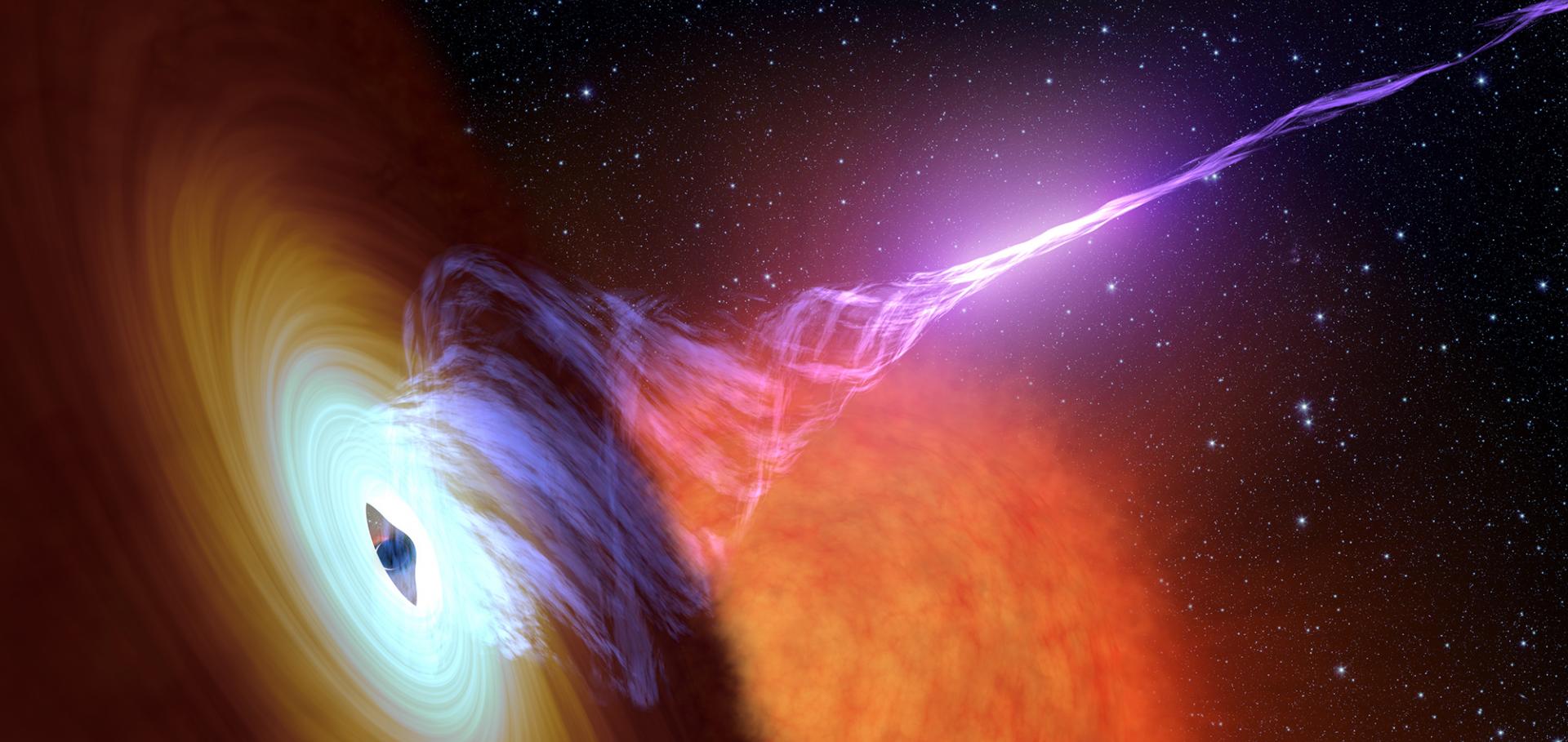Broad-band X-ray spectral evolution of GX 339-4 during a state transition
(2008)
A parsec scale X-ray extended structure from the X-ray binary Circinus X-1
(2008)
High energy astrophysics with the next generation of radio astronomy facilities
(2008)
MAXI, LOFAR and Microquasars - All-sky monitoring of X-ray binaries in X-rays and radio
(2008)
Spectral evidence for jets from Accreting Millisecond X-ray Pulsars
(2008)


